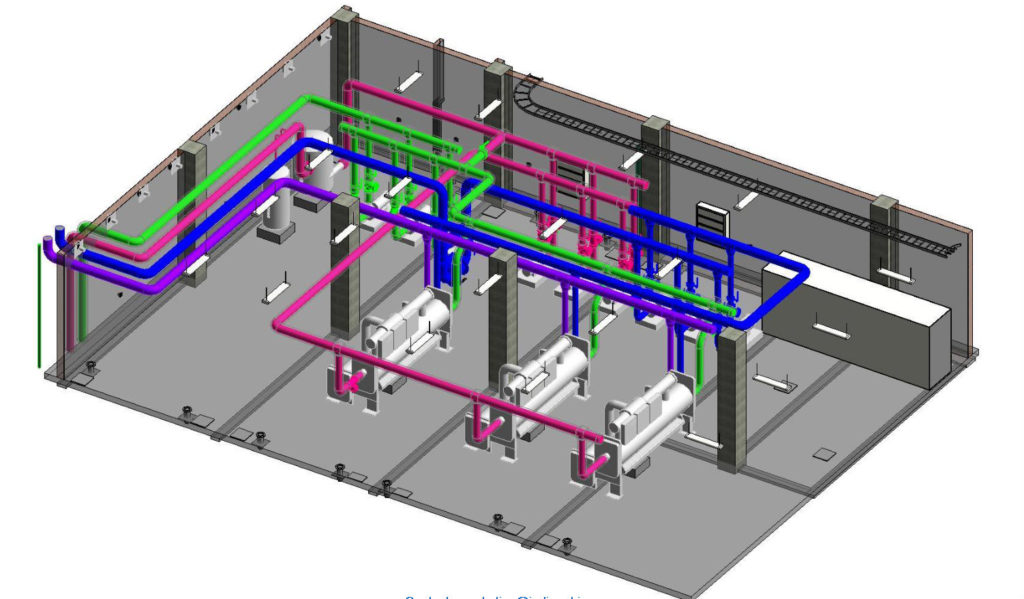BIM and Project Management
The construction industry is generally very conservative and slow to change. It still follows some traditional procurement and project delivery formats that have not changed for years. But, BIM, Building Information Modeling brought a revolution in the construction industry by enabling tremendous developments in various fields. Nowadays, many architects, engineers, contractors and owners start using BIM understanding its potential as an integrated project management tool.
The project plan is an important part of a construction project as it makes sure that a project is completed correctly within the budget on time. It gives an outline of the specific goals and timelines for a project and also divides the different tasks required to accomplish the goals. Some important elements of a project are discussed in relation to Building Information Modeling and project management here.
The on-site teams, even with the earliest adaptation of BIM, can view the expected result and understand fat quickly what the designer expected to be built. Visualization is also beneficial to the teaching of construction courses. It also gives knowledge and experience to the students in the construction process. The pre-construction benefits of using BIM are well understood and it can aid in complex phased projects and live construction sites.
“IPD WITHOUT BIM IS BETTER THEN BIM WITHOUT IPD.”
BIM enables both the architect and the construction manager collaborate before the creation of construction documents that will help test the cost and constructability of design. This process means considering an integrated project delivery (IPD) approach that will advocate the sharing of risk and reward among the project team. However, BIM process, even without IPD, lends itself well to construct-ability reviews.
Collaboration in BIM and Project Management Stages
Project collaboration is an important part of the construction industry that ensures a constant intermingling of information throughout the different stages of construction. According to many commentators, BIM, more than a simple technology, is a process, which requires the use of available technology and the collaborative efforts of constructors, users, designers and owners to get the most advantage from the building information model.
It is clear that Building Information Modeling has dramatic potential advantages to all stakeholders who are involved in construction industry. Another positive advancement of BIM is that it can act as a construction management training and education tool. Therefore, colleges and universities are widely using BIM to give their students virtual problems, as it helps their understanding and provides them experiences they can currently only available on-site. The increasing demand for BIM in construction industry necessitates further investigation on the use of BIM as a construction safety tool.
